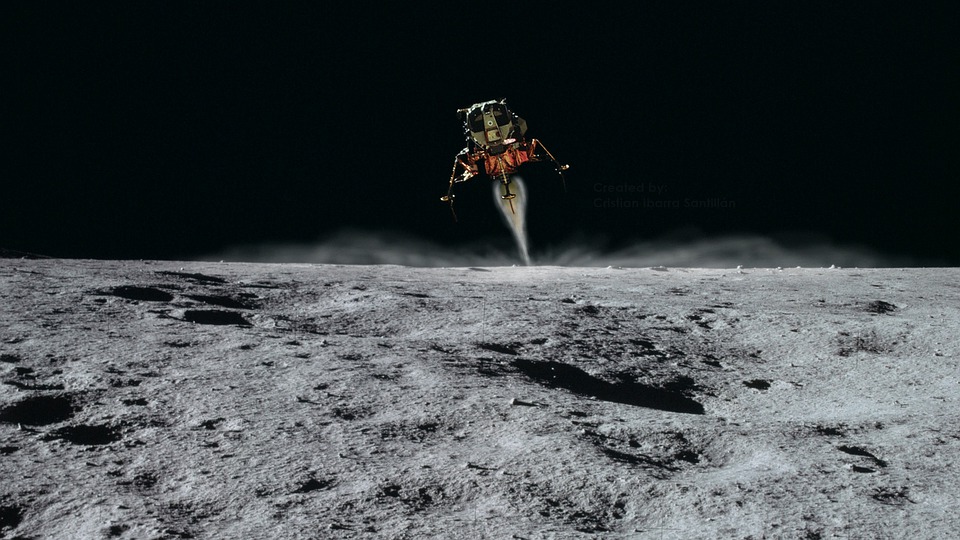Neil Armstrong made history as the first man to set foot on the moon during the Apollo 11 mission in 1969. However, despite the historic event and years since it happened, conspiracy theorists believe that the moon landing was staged and filmed on set. In a 2011 interview, Armstrong addressed the conspiracy theories, partly to put the theories to rest.
In a 2011 interview of Armstrong by Certified Practicing Accountants Organization CEO Alex Malley, Armstrong addressed the popular conspiracy theory surrounding the moon landing, decades after the historic mission. Malley recalled a previous meeting with the famed astronaut during the interview, who was 81 years old at the time. Malley asked Armstrong what his response to the conspiracy theories surrounding the Apollo 11 mission. The legendary astronaut explained that he was not particularly concerned about the fact that there are people who cast doubt on the mission.
“I don’t recall what I said, but people love conspiracy theories. I mean they are very attractive. But it was never a concern to me because I know that one day somebody is going to go fly back up there and pick up the camera I left. So they will be sure then,” explained Armstrong.
Malley then recalled another part of their previous conversation to which Armstrong also later agreed upon remembering. “It was about the fact that 800,000 staff at NASA couldn’t possibly keep a secret and knowing how people work I think is so compelling,” said Malley.
The technology used by scientists and engineers in ensuring the success of the Apollo 11 mission was in large part, thanks to the man who would later create the most famous spy in modern literary and film history, James Bond. The book, titled Ian Fleming’s Inspiration, written by Edward Abel Smith, details how Fleming, during World War II, came to retrieve the designs of the V1 and V2 rockets made by Nazi scientist Wernher von Braun.
Smith explained that Fleming’s involvement in what would later contribute to the success of the Apollo 11 mission was accidental. The author assembled his own commando unit called the 30 Assault Unit whose goal was to get their hands on the designs of the V1 and V2 rockets. According to Smith, there was another reason why Fleming wanted to get the designs of the rockets as his then-girlfriend Muriel Wright was killed by shrapnel from a V1 bomb.



 Senate Sets December 8 Vote on Trump’s NASA Nominee Jared Isaacman
Senate Sets December 8 Vote on Trump’s NASA Nominee Jared Isaacman  Cogent Biosciences Soars 120% on Breakthrough Phase 3 Results for Bezuclastinib in GIST Treatment
Cogent Biosciences Soars 120% on Breakthrough Phase 3 Results for Bezuclastinib in GIST Treatment  Eli Lilly’s Inluriyo Gains FDA Approval for Advanced Breast Cancer Treatment
Eli Lilly’s Inluriyo Gains FDA Approval for Advanced Breast Cancer Treatment  Blue Origin’s New Glenn Achieves Breakthrough Success With First NASA Mission
Blue Origin’s New Glenn Achieves Breakthrough Success With First NASA Mission  Neuren Pharmaceuticals Surges on U.S. Patent Win for Rare Disorder Drug
Neuren Pharmaceuticals Surges on U.S. Patent Win for Rare Disorder Drug  Astronomers have discovered another puzzling interstellar object − this third one is big, bright and fast
Astronomers have discovered another puzzling interstellar object − this third one is big, bright and fast  FDA Lifts REMS Requirement for CAR-T Cell Cancer Therapies
FDA Lifts REMS Requirement for CAR-T Cell Cancer Therapies  Is space worth the cost? Accounting experts say its value can’t be found in spreadsheets
Is space worth the cost? Accounting experts say its value can’t be found in spreadsheets  NASA Astronauts Wilmore and Williams Recover After Boeing Starliner Delay
NASA Astronauts Wilmore and Williams Recover After Boeing Starliner Delay  Neuralink Expands Brain Implant Trials with 12 Global Patients
Neuralink Expands Brain Implant Trials with 12 Global Patients  Tabletop particle accelerator could transform medicine and materials science
Tabletop particle accelerator could transform medicine and materials science 































